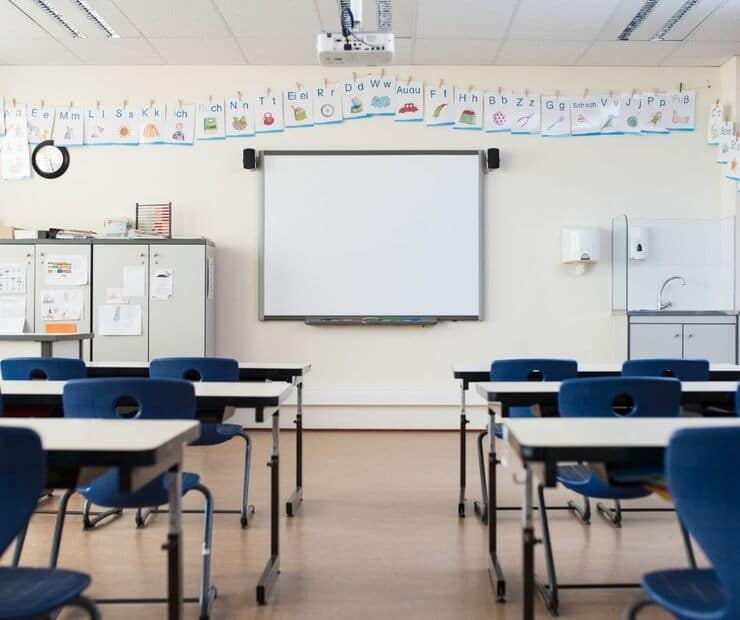
Children and parents often get nervous before starting the school year. As a teacher, you can make them feel comfortable by creating a welcoming classroom. Families want to meet the educators and visit the school to know their kids are in good hands. You want an inviting setting for parent-teacher conferences or open houses.
Here are some tips to kick off the school year and set up an optimal classroom.
- Clean and Organize: Make sure your classroom is neat and organized to tailor it to your needs. Stock up on necessary supplies and arrange them in cabinets or drawers. You know what you use and need, so don’t waste money on anything unnecessary.
- Decorate the Room: Choose how you want your classroom to look by adding art and pops of color. Decorations make your room look more inviting, and children will feel less apprehensive. Visiting parents also see that the classroom is a welcoming and friendly environment.
- Don’t Forget the Bulletin Boards: Make an informative and fun board for families for the new school year. The book, Bloomin’ Bulletin Boards has great ideas to implement in your early childhood classroom. You can post photos, activities, and messages to support the child and parents.
- Set up Spaces for Students: Be prepared with labels, lists, and name tags. Creating a cubby for children lets them know there’s a safe spot for their belongings. Preparation eases parents’ minds where they see the teacher is thoughtful. Have a sign-in sheet for students where their names are listed.
- Ask Parents to Bring a Family Photo: Some families might not have physical pictures with the digital age. If a parent does, ask them to share it to personalize their child’s storage space. A photograph or personal item will help students not feel “homesick.” Students can see their loved ones and feel connected to them during the school day.
- Learn Parents’ Names: It takes talent to memorize people’s names, but it’s important for teachers. Learning how to address the family members will impress them and make them feel more at ease. When parents enter the classroom and are greeted, they’ll feel welcomed.
- Prepare Learning Centers: Have small setups or tables with learning materials and toys. Children can play and grow accustomed to the new classroom’s surroundings. Kids can get to know other students, and families can converse, as well.
- Make a Greeting Area: Have a space set up in the classroom to stage an area for parents to communicate with one another. You can use a notebook, whiteboard, or easels where families can write messages. Everyone can write introductions to each other and welcome new students. Add decorations that say welcome or hello to commemorate the special school occasion.
- Ask for Volunteers: Reach out to parents or staff to volunteer on open house nights. Friendly and familiar faces can help you during school events. Having some assistance will make things easier for you. Volunteers can perform small tasks and create a more welcoming classroom.
- Happily Greet Everyone: Warmly welcome families and smile when you introduce yourself. Positive energy shows parents you’re caring and makes your students feel safe.
- Respect Students’ Schedules: Every child has unique needs, and the first few weeks may be rough for them. Ease into it and involve the parents to adjust at their own pace. Students will learn the classroom, schedule, teachers, and classmates. A child may feel upset from being away from their family or prior teachers. Take small steps to build trust with your students.
Hopefully, these tips help you or give you new ideas on creating a welcoming classroom. Parents want confirmation that their kids are getting a quality education. Children may be hesitant and want to feel safe and comfortable. For lessons plans throughout the school year, you can check out, Month by Month.
